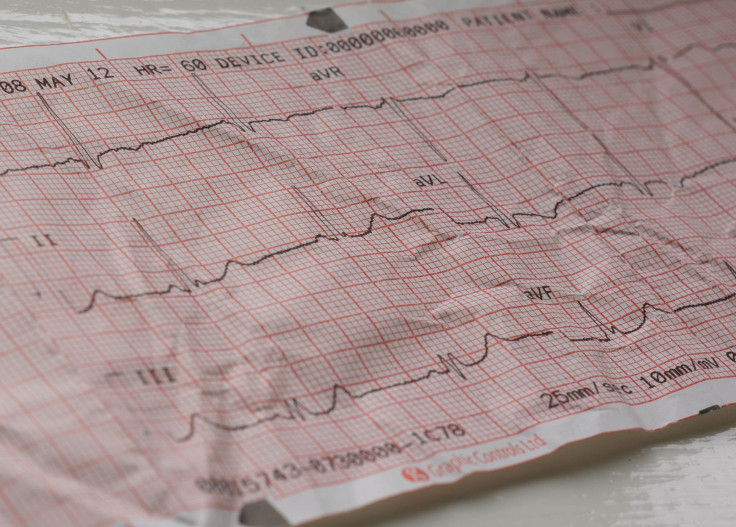Building Trust In A Relationship Synchronizes Heart Rates, Increases Arousal Between Partners

The science behind “hearts that beat as one” may have merit behind it, according to a team of researchers from Aarhus University in Denmark who studied how a person’s heart beats in response to the level of trust they have for their partner. The findings, published in the Journal of Physiology and Behavior, build on a mounting body of research that indicates the physical changes a person's heart and mind undergoes as they decide whether or not to trust their partner.
"When people are in the progress of building trust among each other their hearts get in synchrony and beat as one," said the study’s co-author Panagiotis Mitkidis, a professor at Aarhus University, in a press release. "Trust is a necessary ingredient for successful cooperation and of most importance for our society."
For their study, Mitkidis and his colleagues had 37 pairs of participants work together to build LEGO building block cars. One half of the group was asked to build the cars, while the second half of the pairs was asked to play a financial investment game as they built the cars. The game gave participants the option to invest some or all of their simulated money into a common pool.
If everyone invested all of their money the group would reap a greater reward. The group that invested all of their money into the common pool reflected the amount of trust they gave the other participants. When each pair’s hearts were measured in beats-per-minute, the researchers found those in the all-in “trust” group had a higher heart rate synchronization compared to those who were not in the trust group.

Their heart beat synchrony could be because they trusted one another or it could be because just the idea of investing all of their money was risky enough to excite their hearts at the same rate, leading to arousal. Experts aren’t quite sure why heart beats align with others during periods of trust, but they believe it could be used as a way to predict beliefs and behaviors about others. For example, if one participant's heart beats at the same rate as another's, it may mean they trust that person more than they do another person whose heart they don’t synchronize with at the same rate.
Past studies have used a person’s “love hormone” oxytocin secretion to measure trust with other participants. In 2008, for example, neuroscientist Thomas Baumgarten and his research team at the University of Zurich in Switzerland studied the social interactions and levels of oxytocin in a similar investment game to Mitkidis’ LEGO game. A participant’s oxytocin level responded to their willingness to engage in social risks and trust another person.
Oxytocin facilitates trust behavior in the brain, which is why the higher levels produced also led to a greater likelihood of trust in the investment game. The new heartbeat findings build on this growing body of research which indicated there are several underlying physiological mechanisms at play as a person’s body and mind decide whether or not to trust their partner.
Source: Mitkidis P. Journal of Physiology and Behavior. 2015.
Published by Medicaldaily.com



























